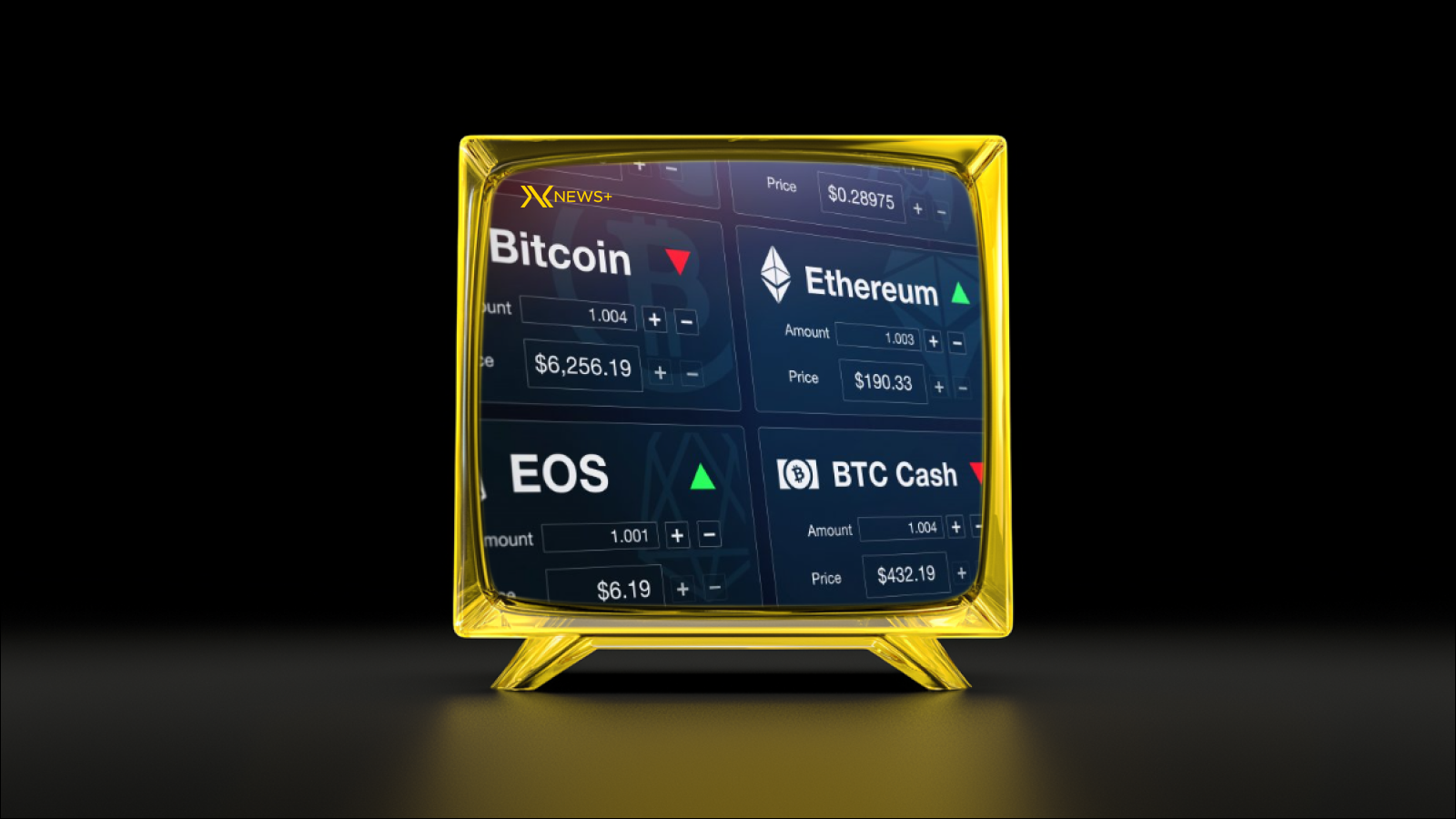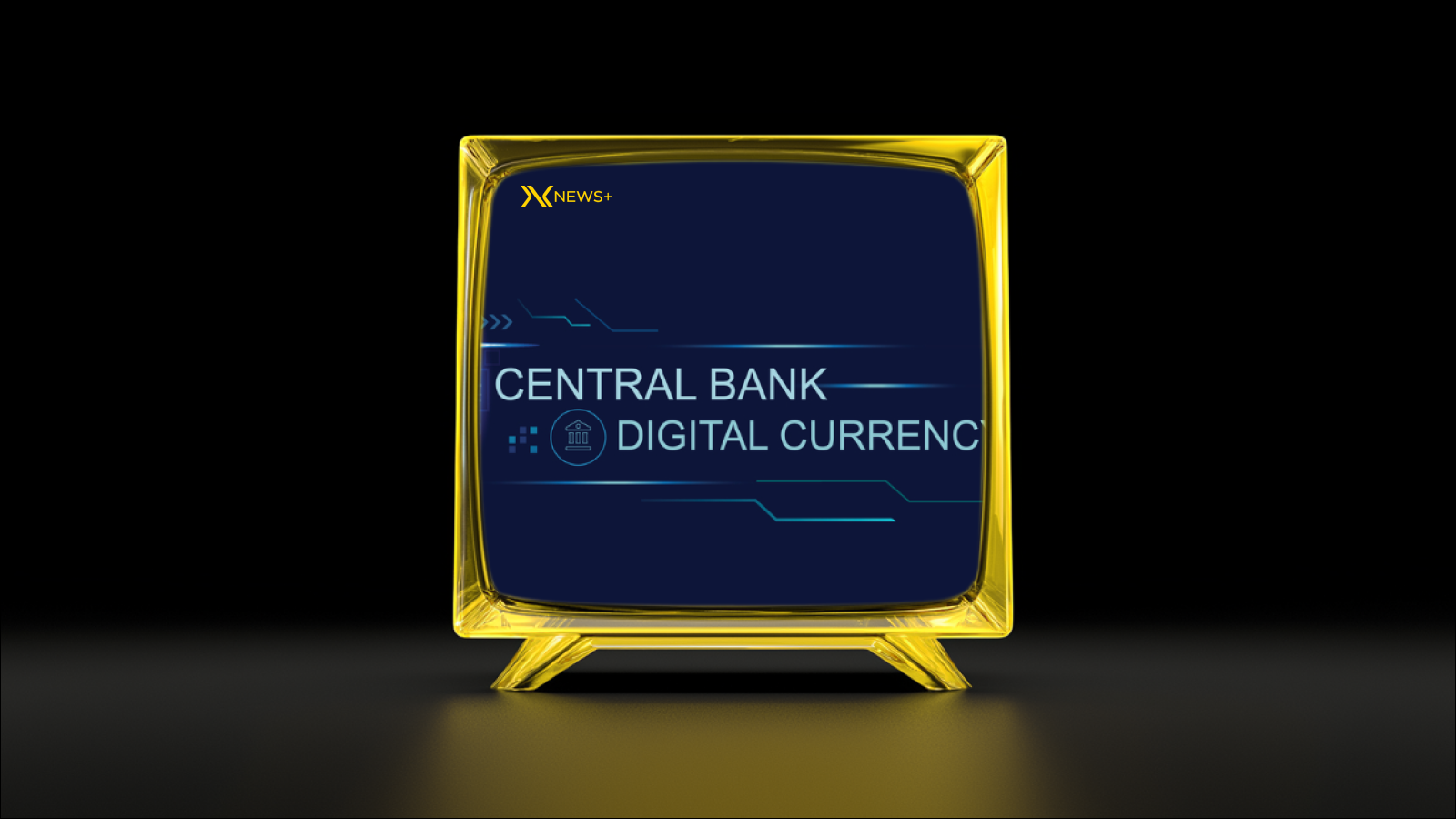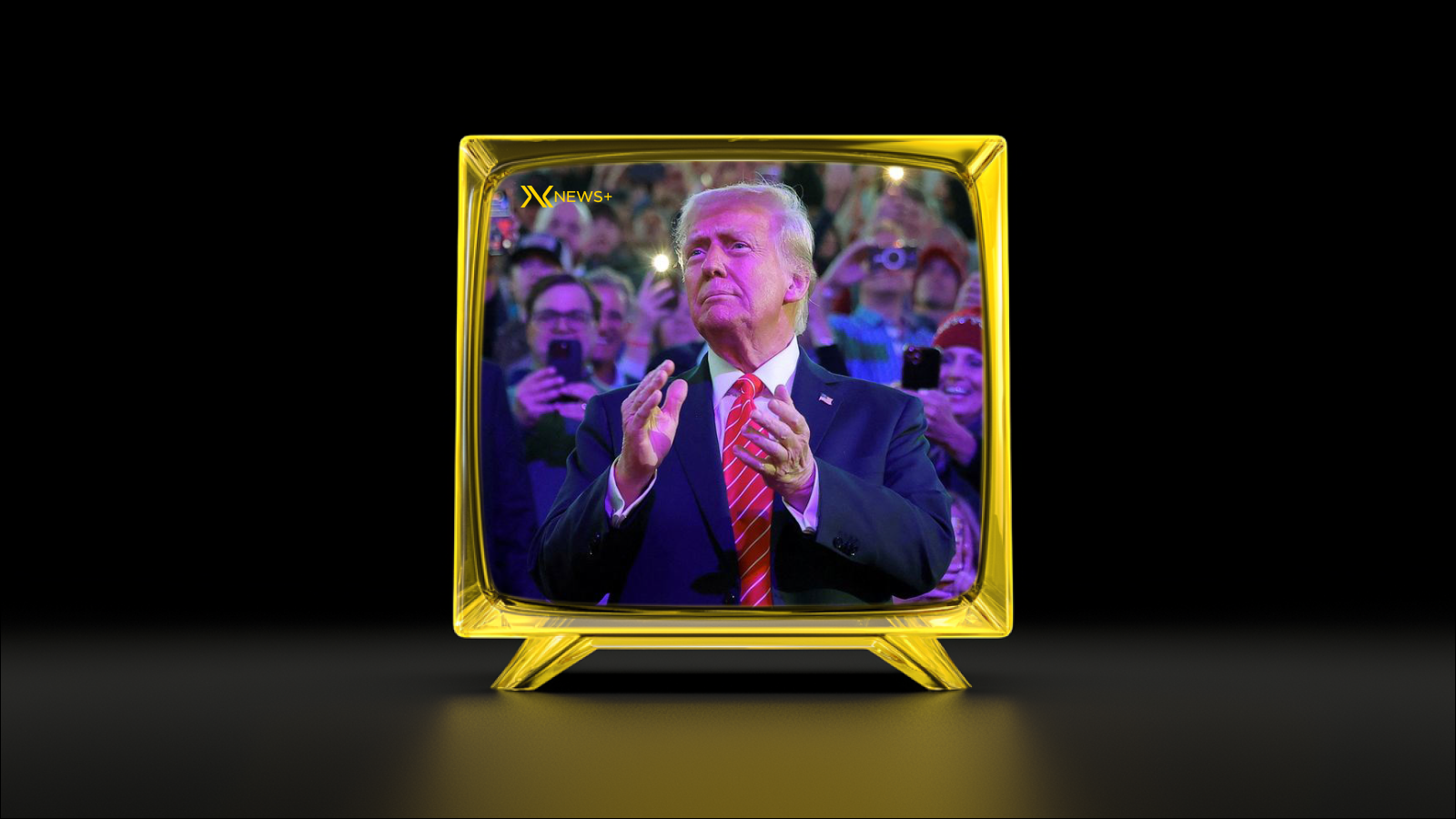How To Evaluate Security Features of Exchanges
When choosing a cryptocurrency exchange, understanding its security features is paramount. Here are key aspects to consider in order to ensure your funds and personal information are protected:
- Two-Factor Authentication (2FA): Ensure the exchange offers 2FA as an additional layer of security. This requires not just a password, but also a verification code sent to your mobile device.
- Cold Storage: Check if the exchange uses cold storage to keep the majority of funds offline. This protects assets from online hacks.
- Encryption: Look for platforms that use strong encryption protocols, which safeguard user data and transactions from potential breaches.
- Regular Security Audits: Choose exchanges that undergo regular security audits by reputable firms. This ensures continuous assessment and enhancement of security measures.
- Insurance Coverage: Some exchanges offer insurance coverage for user funds, which acts as a safety net in case of unexpected breaches.
- Withdrawal Whitelists: This feature allows you to restrict the addresses that can withdraw funds, adding another layer of protection against unauthorized access.
- Public Security History: Research the exchange’s history regarding security breaches. A transparent history indicates a commitment to maintaining a secure platform.
By focusing on these security features, you will be better equipped to answer the question of how to choose a safe cryptocurrency exchange for your investments.
Understanding Fees: How To Compare Different Exchanges
When venturing into the world of cryptocurrency, understanding the fee structures of various exchanges is crucial for maximizing your investment. Cryptocurrency exchanges often employ different fee models, which can significantly impact your overall trading costs. Below are key aspects to consider when examining and comparing fees across exchanges.
- Trading Fees: Most exchanges charge a fee for each trade executed. These are typically a percentage of the transaction amount or a flat fee per trade. Check if the exchange offers maker-taker fee structures, which can vary depending on whether you’re adding liquidity to the market (maker) or taking it away (taker).
- Deposit and Withdrawal Fees: Many exchanges charge fees when you deposit or withdraw funds. These fees can vary significantly, so it’s essential to evaluate whether the deposit and withdrawal methods align with your preferences and affinities. Bank transfers, credit card payments, and other methods can incur varying fees.
- Currency Conversion Fees: If you plan to trade in multiple cryptocurrencies, be aware of conversion fees between fiat and cryptocurrencies or between different digital currencies. Some exchanges charge additional fees for these conversions, while others offer more competitive rates.
- Inactivity Fees: Some exchanges may impose fees if your account remains inactive for a certain period. Understanding these charges can help you avoid unnecessary costs, particularly if you are not a frequent trader.
As you weigh the different fees, it’s advisable to compile a list of the exchanges you are considering and document their fee structures. This allows for a straightforward comparison based on your trading habits and anticipated volume. Additionally, look for any promotions or bonuses offered by the exchange that could mitigate costs.
When considering how to manage fees effectively, always read the fine print. Exchange policies can change, and hidden fees may arise over time. A detailed understanding equips you to make informed decisions and optimize your trading experience in the crypto space.
How To Assess User Experience and Interface
When considering a cryptocurrency exchange, the user experience (UX) and interface play a crucial role. A well-designed platform can significantly enhance your trading experience, making it easier to navigate and execute trades. Here’s a guide on how to evaluate the user experience and interface of different exchanges:
- Intuitive Navigation: The exchange should feature a clear and straightforward menu. Users should be able to find and access trading pairs, wallets, and account settings with ease.
- Responsive Design: Check if the exchange is mobile-friendly. A responsive design ensures that the platform functions smoothly on various devices, including smartphones and tablets.
- Visual Clarity: Analyze the layout and appearance of the website or app. A clean, organized interface with clear typography and contrasting colors can help users make informed decisions quickly.
- Customization Options: Some exchanges offer customizable interfaces, allowing users to prioritize features they use most often. This personalization can greatly enhance user satisfaction.
- Availability of Educational Resources: A good exchange provides resources such as tutorials, FAQs, and user guides. These tools assist newcomers in understanding how to trade effectively on the platform.
- Access to Customer Support: A responsive customer support team can greatly alleviate user frustration. Look for exchanges that offer multiple channels of support, like live chat, email, or phone support.
Assessing the user experience and interface is essential in choosing an exchange that fits your trading style. A platform that prioritizes UX will not only improve your ability to trade but will also make your overall experience more enjoyable.
Researching Reputation: How To Identify Trustworthy Exchanges
When it comes to choosing a cryptocurrency exchange, understanding its reputation is crucial for ensuring a safe trading experience. Here are some key ways on how to effectively research the reputation of an exchange:
- Check Online Reviews: Visit platforms like Trustpilot, Reddit, and specialized crypto forums to read user feedback. Look for patterns in the reviews, such as consistent complaints or praises regarding certain features.
- Investigate Regulatory Compliance: Ensure that the exchange complies with local laws and regulations. This includes checking if they are licensed and regulated by recognized authorities.
- Examine Communication Transparency: Trustworthy exchanges provide clear channels for customer support and have responsive communication practices. Look for exchanges that address concerns promptly and transparently.
- Research the Team Behind the Exchange: A transparent team with verifiable backgrounds can significantly enhance a platform’s reputation. Investigate the team members’ professional history and their involvement in the crypto community.
- Monitor Security Incidents: Review the exchange’s history regarding hacks or security breaches. A trusted exchange will have a solid track record of managing security issues and implementing improvements.
By following these steps on how to research an exchange’s reputation, you can make more informed decisions and choose a platform that prioritizes user safety and satisfaction.
Disclaimer
The information provided in this article is for informational purposes only and should not be considered financial, investment, or legal advice. Cryptocurrency exchanges involve risks, including potential loss of funds, regulatory uncertainties, and security vulnerabilities.
When selecting an exchange, it is essential to conduct thorough research, evaluate security features, and consider fee structures and user experience. The recommendations and considerations mentioned in this article are general guidelines and may not apply to all exchanges or individual circumstances.
Darkex does not endorse or recommend any specific cryptocurrency exchanges, platforms, or strategies. Readers are encouraged to consult with a qualified financial advisor and ensure compliance with local laws and regulations before engaging in cryptocurrency trading. Any actions taken based on this information are at the user’s own risk.





